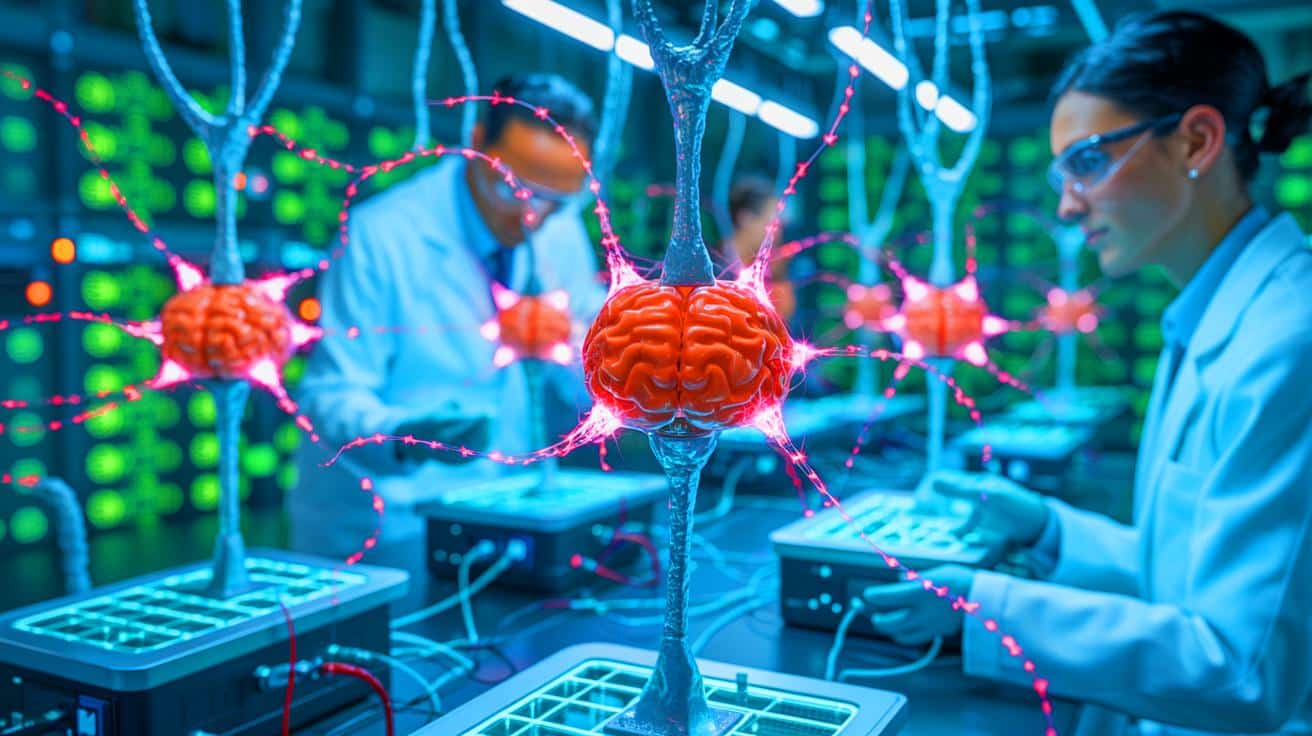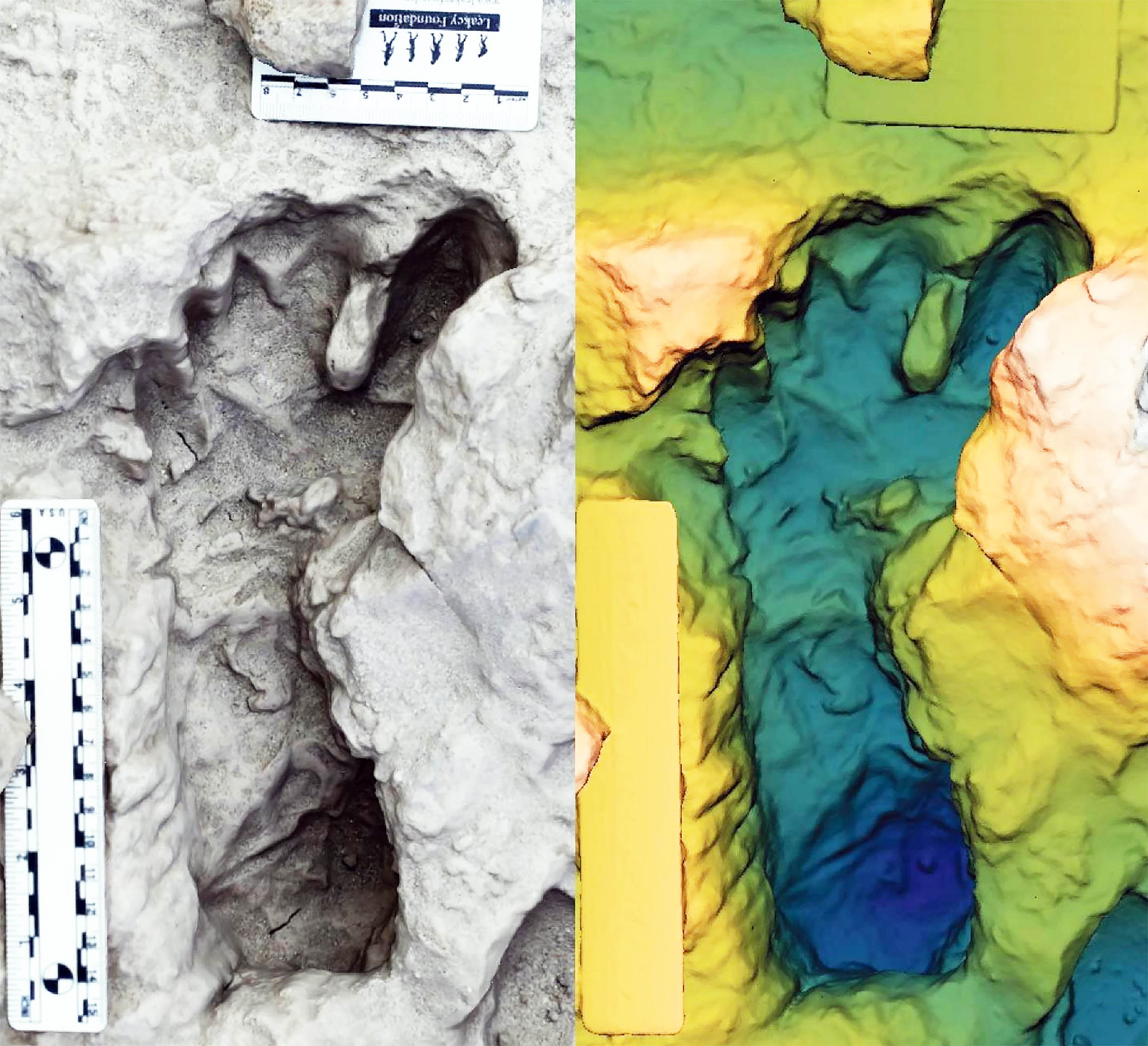Revolutionary Artificial Neurons: Are We One Step Closer to Brain-Like AI?

Imagine a world where machines think and learn just like us. Researchers at the University of Massachusetts Amherst are making that dream a reality with a groundbreaking discovery: artificial neurons that mimic the behavior of real brain cells. These innovations are not just science fiction; they harness the power of protein nanowires from bacteria to achieve energy efficiency that rivals the human brain.
This study, published in the journal Nature Communications, could revolutionize bioelectronics and neuromorphic computing systems, opening doors to technologies that seamlessly blend with our biological world. This isn't just about cool gadgets; it has the potential to reshape our everyday interactions with technology.
The journey to replicate the brain's miraculous efficiency has been a long and complex one. The human brain operates on a mere 20 watts of power—a staggering contrast to today’s AI systems that gobble up over a million watts to perform similar tasks. This disparity has pushed scientists to develop neuromorphic electronics that emulate the brain’s capabilities while dramatically lowering energy consumption.
At UMass Amherst, researchers have made an incredible leap by engineering artificial neurons that function at the same ultralow voltages as biological neurons. Powered by nanowires derived from the Geobacter sulfurreducens bacterium, these neurons operate at around 0.1 volts, closely mirroring the electrical activity found in human cells. This innovation could enable a natural, efficient integration of synthetic neurons with living tissues—something previous models struggled to achieve.
Co-author Jun Yao highlights just how transformative this breakthrough is, noting that prior systems needed tenfold more voltage and power. This alignment not only opens new avenues for biohybrid systems but also enhances the potential for natural interaction with biological environments.
The essence of this innovation rests on the remarkable properties of the Geobacter sulfurreducens bacterium, which naturally produces protein nanowires capable of conducting electricity. These nanowires have already played a significant role in multiple bioelectronic devices developed at UMass, including self-powered biofilms and electronic noses that detect diseases.
In a striking experiment, researchers linked an artificial neuron to a living cardiac cell, achieving real-time insights into the electrical state of the living cell. This capability demonstrates how artificial neurons can effectively communicate with biological tissues, hinting at a future where electronic devices respond dynamically to human biology.
The ramifications of low-voltage artificial neurons reach far beyond basic technology. One of the most exciting applications is in neuromorphic computing, where systems are designed to process information like the human brain. This could lead to powerful computations using significantly less energy, addressing the overwhelming demands on data centers today.
The ability to create bio-compatible devices also holds promise for wearable technology and medical implants. Devices could operate safely within the body, minimizing the risk of harm to delicate cells while providing real-time health insights. Jun Yao envisions wearable sensors powered by these low-voltage neurons that could streamline processes, making them more efficient and integrated into our lives.
However, while the journey has begun, challenges abound. Integrating artificial neurons with living tissues requires meticulous control over numerous biological and electronic parameters. While the researchers have shown successful cell-to-cell communication, further refinements will be necessary to enhance the reliability of these biohybrid systems.
The field of bioelectronics is still in its infancy, with many questions left to explore. Researchers are optimistic that by studying the brain’s energy-efficient signaling mechanisms, they can create systems that not only mimic life but also coexist with it harmoniously.
As this technology continues to evolve, the possibility of sustainable bioelectronic systems powered by natural energies—like humidity or even human sweat—could reshape our approach to both computing and healthcare, pushing the boundaries of what is possible.
The breakthrough at UMass Amherst in artificial neurons marks a new chapter in bioelectronics. By leveraging protein nanowires, researchers have engineered devices that emulate the brain's efficiency in ways we once deemed unattainable. The horizon of bio-emulated electronics raises profound questions about the future of technology and biology merging. What new possibilities await as we blur the lines between our living systems and the artificial?


























